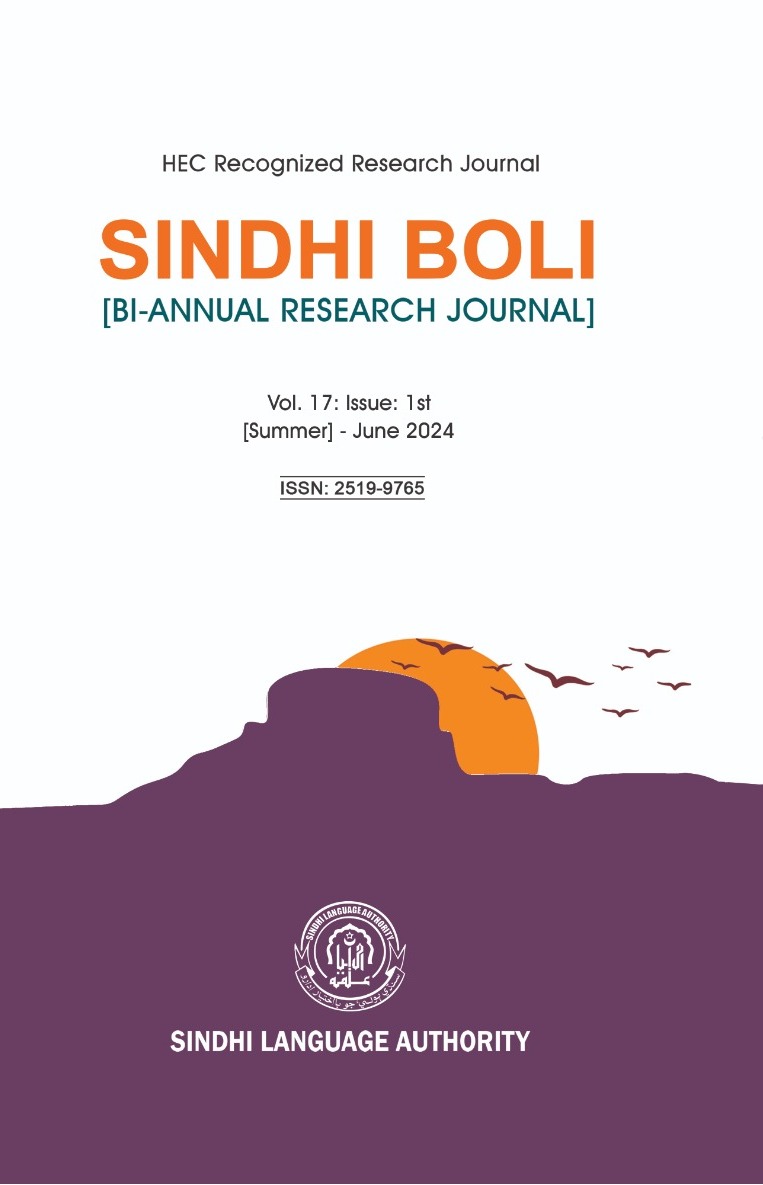Naturalism, Its Types, and Dimensions
Abstract
Abstract
The word “فطرت” (Fitrat) is derived from an Arabic word “فطر” (Fitir), which means "to create". And the one who creates is called “فاطر” (Faatir). The English analogue for “فطرت” is "Nature", which is derived from the Roman word "Natura". "Natura" is an alternative to the Greek word "Physis", which means birth, commencement, natural composition or to come into being. There are multiple literal translations of the word “فطرت” (Nature) such as Nature, birth, creation, universe, being, instinct, temperament, attitude etc. The “فطرت” is explained as the natural existence of universe and naturally coming into being of things which are created and nurtured and whose creation is above the human capacity. For example, the sun, moon and the stars etc. which the man can rejoice but cannot alter according to his will and the man has no part in the creation of nature. The nature apparently is the natural reflections present in the external human world, which have been there in different forms even before the birth of mankind. And by observing them, humans experienced wonder, curiosity, whims, fear, joy and the desire to know even though they did not contribute to the creation of this entire cosmos. Hence, the oceans, rivers, mountains, trees, flowers, animals and birds, all are the various forms of natural marvel. The human himself is an example of natural creation. This research paper explores concepts related to naturalism and its different types, and dimensions.
Keywords: Nature, Naturalism, creation, universe, human being.
Downloads
Published
Issue
Section
License
Copyright (c) 2025 Copyright ©SINDHI BOLI All Rights Reserved

This work is licensed under a Creative Commons Attribution-NonCommercial 4.0 International License.
Copyright provides the exclusive legal right to produce, reproduce, and publish original research work. As the Sindhi Boli Journal is an open-access journal, authors retain ownership of the copyright for their articles.
Under the journal's open-access license, users are allowed to download, print, extract, reuse, archive, and distribute articles, provided that proper credit is given to the authors and the source of the work. This license ensures that the author's research is widely accessible and can be included in any scholarly archive, maximizing its reach and impact.
For more information on reuse rights or permissions, please contact the editorial board.
Sindhi Boli Journal supports the free exchange of ideas and encourages academic and educational use of its material under fair use guidelines, provided that appropriate credit is given to the original authors and the journal.
Copyright is the exclusive legal right to produce, reproduce, and publish original research work. As the Progressive Research Journal of Arts and Humanities (PRJAH) is an open-access journal, authors are asked to retain ownership of the copyright of their articles. The license permits any user to download, print out, extract, reuse, archive, and distribute the article, so long as appropriate credit is given to the authors and source of the work. The license ensures that the author's article will be available as widely as possible and that the article can be included in any scholarly archive.


